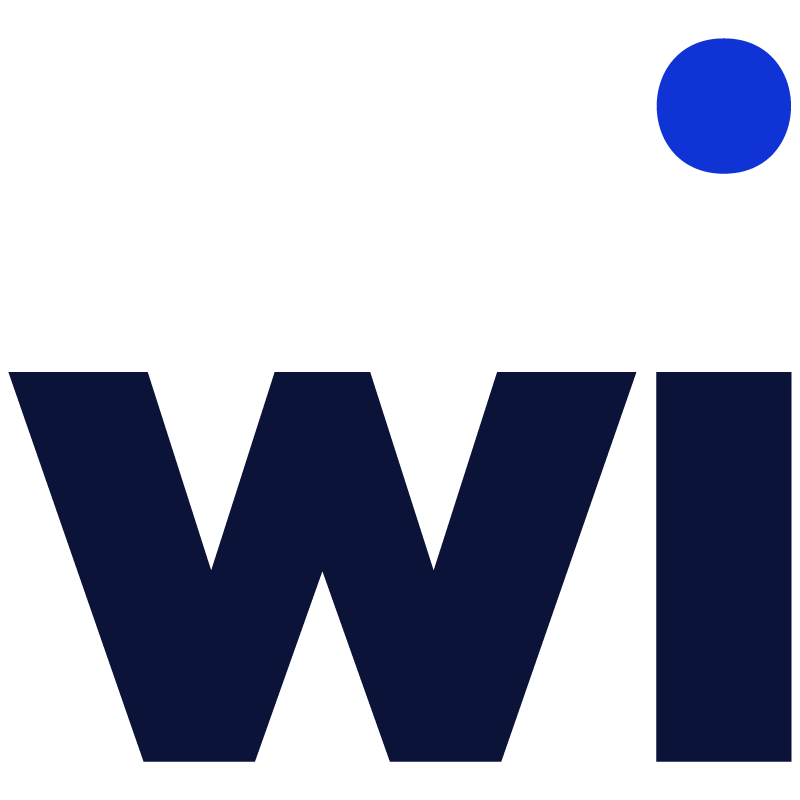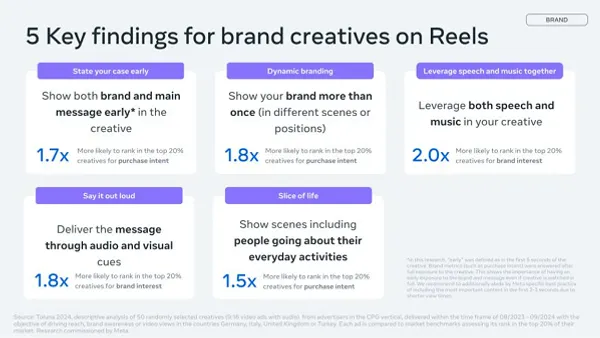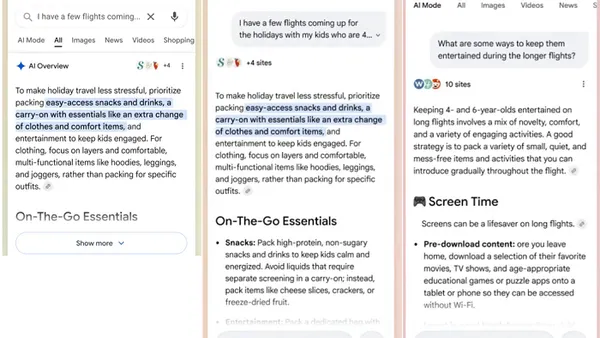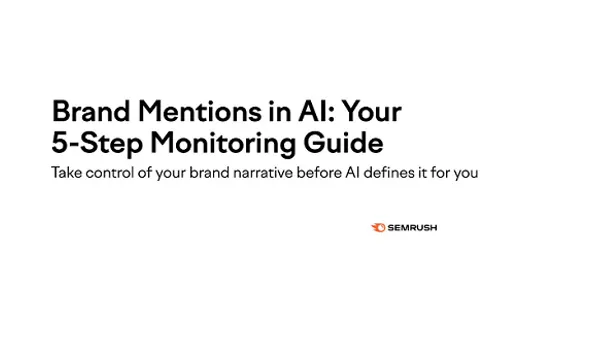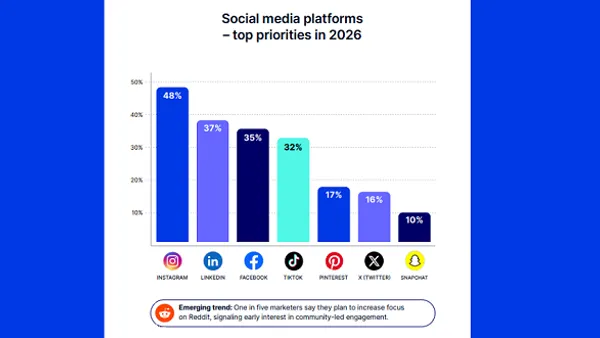Imagine this. You're the editor of a newspaper.... but you work on an island in the middle of the South Pacific. No internet access to help with research. No team of reporters. Not even a phone, smart or otherwise.
Just a naked desk, stuck in the middle of an empty beach.
Forget about what happens when your laptop battery dies, where to get a decent cup of coffee to get your creative juices flowing or how to get paid without advertisers or subscribers.
How can you possibly create a newspaper?! Write about where the crabs scuttling across the sand are headed? Do a trends piece about the tides coming and going? Without outside stimulus to keep things interesting and newsworthy, your newspaper is bound to get very dreary, very quickly.
Social media and brand journalism are no different. Without a blend of outside information to keep things lively and timely, it gets predictable, boring and ineffective fast.
Enter content curation.
What is content curation?
Similar to reading a trade journal that publishes news, trends and information of interest to a specific audience that is created by reporters (experts) who understand the industry - content curation is the social media stream equivalent of a trade journal.
You provide value by identifying a specific target audience, filtering through relevant online content, then sharing only what you find most interesting, trendy or applicable to that audience. Nothing else, just what you feel is most meaningful to that particular audience, then adding in your own expertise and opinions as you share what you've curated.
Y! RT @BeckEllmanHeald @morgancarrie process of sorting through the vast amounts of content and presenting it in a meaningful way.#PRprochat
- Carrie Morgan (@morgancarrie) August 1, 2013
As @RobSchnapp so aptly (napptly?) put it during the August #PRProchat, "curation allows you to share your (or your brand's) likes, tastes, values, etc."
It also allows you to stay on top of your industry, as you follow the latest trends and information. It's almost like learning through osmosis, seeping into your brain as you curate.
The true power of content curation lies in how you take it past simple sharing to balance original content (brand journalism) with the shared to build influence and thought leadership. By adding consistent, high-value content, your visibility is much higher than just posting original content alone. It amplifies the frequency of your sharing.
Plus, as you integrate original with shared, it also becomes a way to showcase your brand's culture and differentiators.
I would like to add that curating by itself isn't enough. Focus is critical to success - especially if you are trying to penetrate large topics or industries and build expertise/value.
- Read this helpful Content Curation Primer by Beth Kanter
- "Most marketers curate content to show thought leadership" [Infographic] via @JimDougherty of Leaders West
- "Great Content Curation" via Mashable
- "Power Your Story" - Cision's new eBook on content marketing
Why does content curation matter?
These 10 wonderful tweets say it FAR more brilliantly than I possibly could...
- @ShayMoser Yawn! RT@cision: No one wants a friend that only talks about themselves. This is why content curation matters.
- @Cision: Try to follow @hksully's Rule of Thirds: Share content a third, industry content a third & engage a third.
- @RobSchnapp: You gotta fish where the fish are and use relevant bait. #prprochat
- @MtatLaCasse Being the smartest isn't your goal. Being the wisest is the goal. And wise ppl share others info.
- @Atomic_Reach: Curation helps generate leads, boost SEO, create social signals, build authority.
- @Cision: Typically, we find more niche you get, quicker you can build community,which can be paramount to marketing & PR success.
- @SeekOrShout: You guys are rocking this Q, so I'll add something small: content creation gets me reading, gets me closer to my audience.
- @LucidSusie: your content should complement your overall objectives & keep audience engaged with the brand.
- @Cision: If you're not only curating, but watching your audience's reaction (click-thrus, comments), it can help you determine their needs.
- @MattLaCasse - You need to go on an audience safari. Study them. Get to know them in the wild. #prprochat
But it's not all coming up roses...
So what are some of the top frustrations that PR pros are experiencing, when it comes to curating content?
- Being original and unique.
- Not enough time to scour everything on the Internet.
- Asking and not receiving anything.
- That some don't know the difference between content curation and RSS feeds.
- Some people don't know the difference between curation and aggregation.
- Not getting reactions to what you curate.
- When brands push, push, push with little to no engagement.
To avoid these frustrations, always remember to scan far more than you share, take time to understand your audience and schedule dedicated time each day to curate content, just like you would schedule a meeting or time to eat lunch. Even if it is just ten minutes.
Lastly, please don't forget to be generous and give credit to the source of what you are sharing - even if it means taking a few minutes to dig up their Twitter handle.
image: content curation/shutterstock







